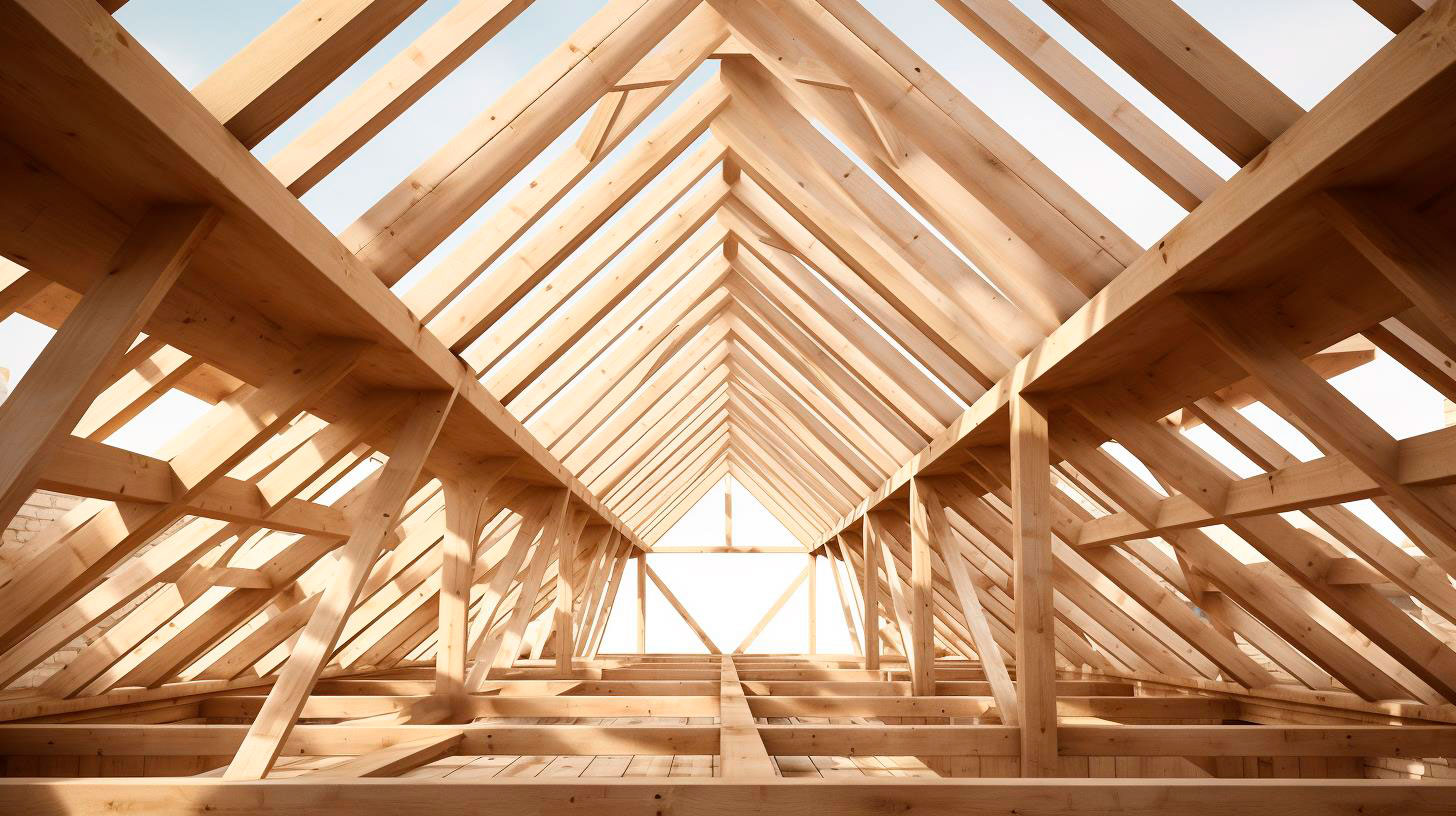In this article, we will explore the fascinating world of architectural photography and how it can effectively communicate the story behind these captivating structures.
Why Architectural Photography Matters
Architecture plays a crucial role in shaping the world around us. It reflects the culture, history, and aspirations of a society. By documenting and showcasing architectural marvels, photographers help preserve and promote the significance of these buildings. Here’s why architectural photography matters:
- Preserving cultural heritage: Many architectural wonders depict the cultural values and traditions of a bygone era. Photography helps in capturing these details, ensuring they are preserved for future generations.
- Appreciating design elements: Architectural photography allows us to examine the intricate details, materials, and craftsmanship that make a building unique and visually stunning.
- Creating awareness: Through stunning visuals, architectural photography can raise awareness about architectural landmarks, encouraging people to appreciate and visit these sites.
- Inspiring innovation: Photographs of groundbreaking architectural designs can inspire architects and designers, pushing the boundaries of creativity and innovation.
The Technique behind Architectural Photography
Architectural photography requires a distinct set of skills and techniques to capture the essence of built spaces effectively. Here are some key considerations for a successful architectural shot:
- Composition: Framing the subject, utilizing lines and angles, and finding the right balance is crucial to create a visually compelling photograph.
- Lighting: Understanding how light interacts with the structure helps photographers capture the mood and highlight the key elements.
- Timing: Photographing at different times of the day or during specific weather conditions can dramatically transform the atmosphere of a building.
- Perspective: Experimenting with different perspectives, such as shooting from different heights or using wide-angle lenses, adds depth and dimension to the photograph.
- Detail-oriented approach: Paying attention to small details, textures, and patterns can enhance the overall narrative of the architecture.
The Impact of Architectural Photography
Architectural photography has a vast impact on the way we perceive and appreciate built spaces. Here are some key takeaways on the significant influence of architectural photography:
- Visual storytelling: Architectural photographs convey stories, emotions, and narratives associated with the buildings. They provide a glimpse into the history and purpose behind each structure.
- Promotion and tourism: Striking architectural photographs attract visitors, boost tourism, and contribute to the economic growth of a place.
- Architectural education: Architectural photography serves as a valuable resource for architecture students, academics, and enthusiasts to study and analyze different design styles and elements.
- Online presence: In the digital age, architectural photography plays a vital role in creating an impactful online presence for architects, designers, and construction firms.
In Conclusion
Architectural photography is more than just capturing stunning images of buildings; it narrates the story, preserves cultural heritage, and inspires creativity. By showcasing the magnificence of architectural designs, photographers contribute to the cultural fabric of a society. So, next time you come across an architectural masterpiece, take a moment to appreciate the narrative captured through the lens of architectural photography.


















+ There are no comments
Add yours